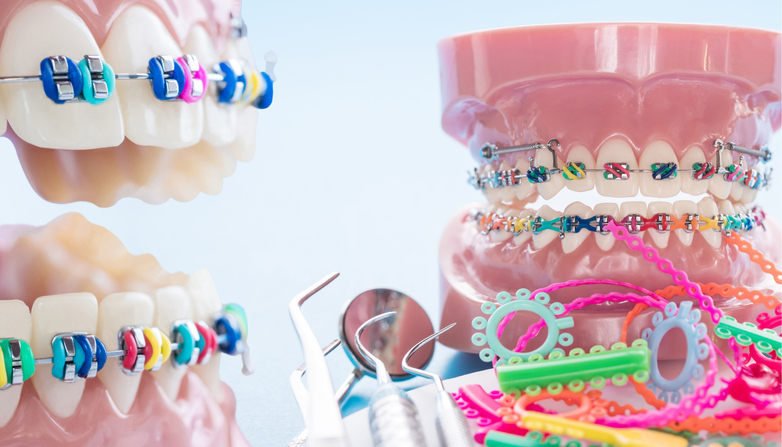
Orthodontic overtreatment

A new study has explored data on novel orthodontic treatments, practices related to temporomandibular disorders and outdated beliefs that could increase the risk of overtreatment.
Although orthodontic treatment strategies — including digital methods, biomechanics and three-dimensional diagnostics — have advanced in recent years, these innovations are often rapidly adopted before they have been thoroughly evaluated and evidence-based practices have been established.
In the study, published in The Journal of the American Dental Association, the investigators analyzed novel orthodontic practices, orthodontic principles and the reliance on imaging-based diagnoses.
The investigators discovered that adherence to mechanistic principles, reliance on imaging-based diagnoses and misinterpretation of essential orthodontic principles as primary objectives to prevent conditions like temporomandibular disorders or future dentofacial deformities may lead to unnecessary treatment. Suggesting that orthodontic and surgical procedures are critical to achieve homeostasis in the craniofacial system could also increase the risk of overtreatment.
Further, they noted that there is currently a lack of consensus regarding evidence-based guidelines for the management of temporomandibular disorders. Often, patients may be encouraged to undergo temporomandibular joint surgery to treat the condition or prevent worsening temporomandibular health. However, clinicians should suggest conservative, reversible treatments in patients with temporomandibular disorders because data has shown that orthodontic treatments may be unlikely to modify or cure the condition.
The investigators recommended avoiding mechanistic orthodontic principles, developing evidence-based practices prior to implementation and integrating clinical data on temporomandibular disorders.
“Clinicians are obliged to examine the foundations on which these principles stand … and evaluate critically these new orthodontic-surgical practices before implementation,” concluded the study authors.
Read more: The Journal of the American Dental Association
The article presented here is intended to inform you about the broader media perspective on dentistry, regardless of its alignment with the ADA's stance. It is important to note that publication of an article does not imply the ADA's endorsement, agreement, or promotion of its content.